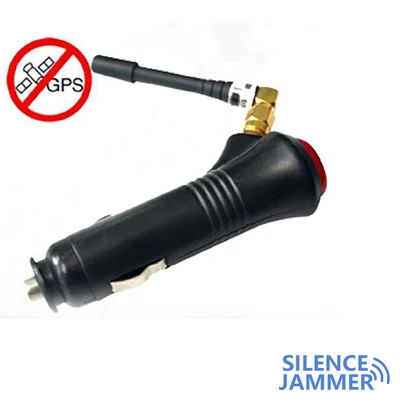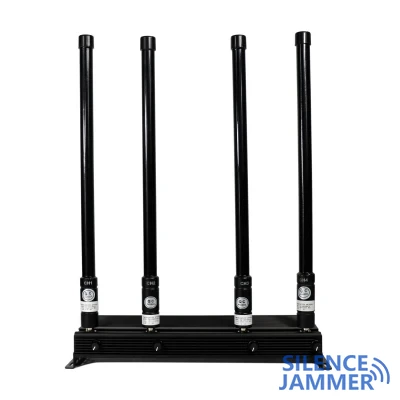The current situation of drone war
The Ukrainian war has evolved into a fierce confrontation with drones. The United States, Germany and NATO have provided technical support to help Ukraine deal with this war. In this conflict, an unprecedented variety of drones have been widely used, from commercial quadcopters to small fixed-wing aircraft, all for reconnaissance and attack. Ukraine also has more powerful combat drones, such as Turkey's TB2.

NATO support
As unmanned weapons become popular, Ukraine's demand for drone defense equipment is increasing. NATO Secretary General Jens Stoltenberg said in Brussels that NATO will provide support to help Ukraine destroy drones such as Shahed-136. These drones have been in use in western Ukraine for about three weeks. Russia is said to have purchased a large number of these drones from Iran and has begun to produce them locally in Russia, code-named Geran-2.
The role of electromagnetic jammers
NATO's drone defense system will include hundreds of electromagnetic signal jammers to jam the radio signals of drones. Jammers can cause drones to lose control and crash or land slowly. The German army and police are already equipped with similar equipment, which looks like a rifle but is mainly used to defend against smaller drones.

Challenges of large drones
For large drones, more powerful jamming equipment is needed. Russia's "Pantsir" system is mounted on a truck and used to deal with drones in Syria, Libya and the Nagorno-Karabakh war. The United States has also provided Ukraine with anti-drone weapons, including a portable system called "Vampire" equipped with a jammer, infrared camera and missile launcher.
Technical support from Germany
The German Ministry of Defense has also announced that it will provide drone defense support to Ukraine, but the specific technology is not yet clear. Its list includes seven "jammers", ten "anti-drone guns", 12 "electronic drone defense equipment", 14 "drone defense sensors and jammers" and two Humvees equipped with "jammer/drone carriers".




